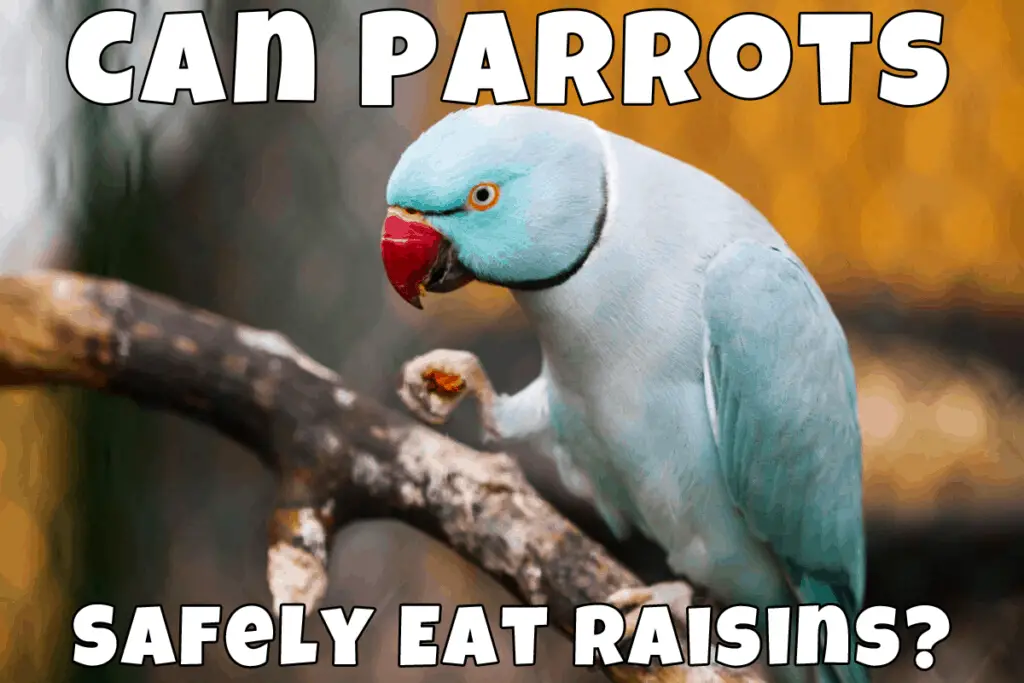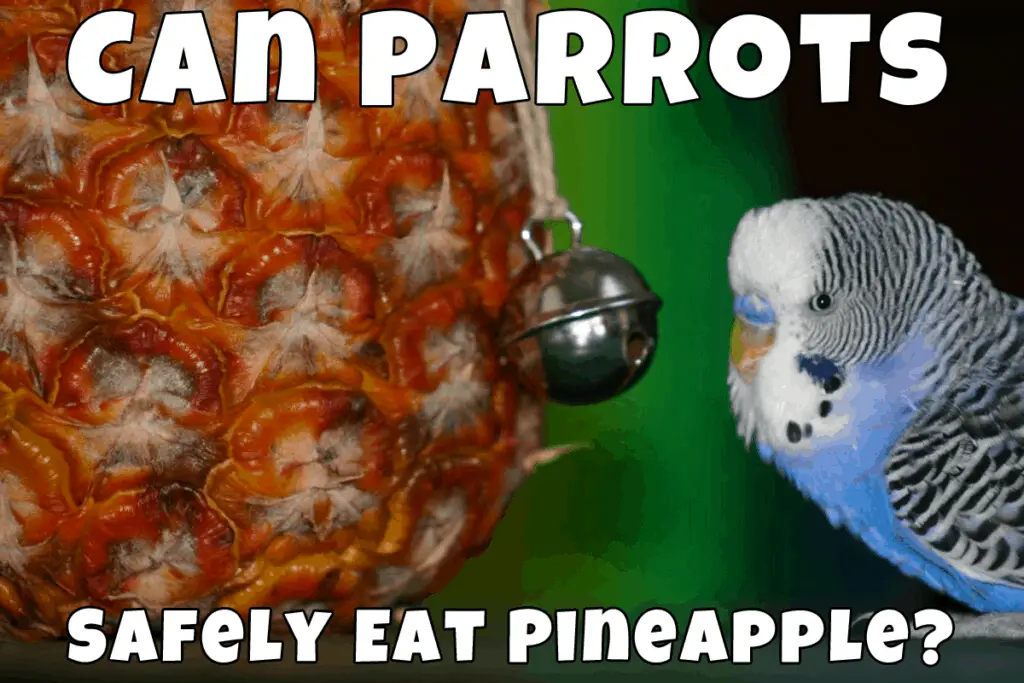Apart from being gorgeous parrot’s beak is a defining feature in this bird’s appearance. For every parrot species, the beak has its own color, the form of the hook, and other characteristics that make each beak a unique thing.
But there is one question new parrot owners keep asking, again and again, – do parrots’ beaks change color during their lives? Is that OK?
The short answer is – Yes, parrot’s beak really changes the color with age and other factors. Issues with the parrot’s diet, beak damage, parrot’s age, and various infections are only a few causes that lead to the parrot’s beak color change.
Usually, most of the color changes of the parrot beak are normal. However, in some cases, the change of beak color in a parrot notifies you about trouble and needs your attention.
In this article, we’ll explain reasons why your parrot beak changes color: when it’s a normal thing and when it’s time to be worried. So if you own a parrot or thinking of getting one and are just curious about this – read on.
A Few Reasons Why Do Parrots Beaks Change Color
The parrot’s breed, diet, sex, and age determine whether the parrot’s beak will change its color or not.
A layer of keratin covers the parrot beak on its horny outer side. It’s pretty similar to the tissue that forms human nails and hair. Keratin has different colors, which are determined by various kinds of carotenoids. There are over a dozen carotenoids that define the color of parrots’ beaks. The exact tone comes from the mixing up of several pigments, primarily red and yellow ones.
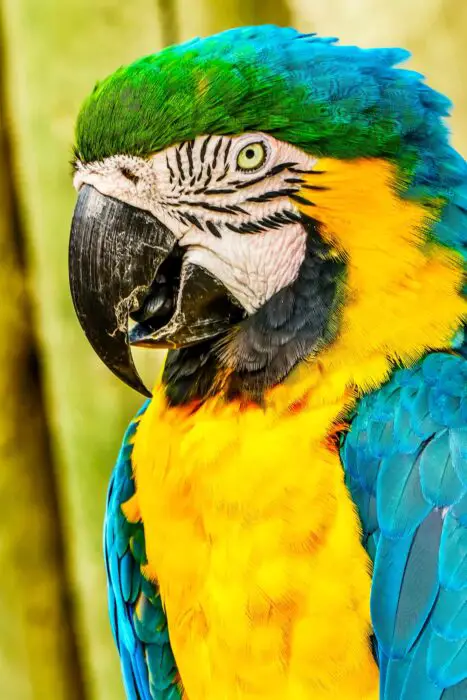
Depending on the species, parrots’ beaks can change coloration once a lifetime or experience several color changes. For example, Eclectus parrots and parakeets hatch with one beak color and change it during their first year of life as they mature and become adult parrots. Since then, their beaks stay of the same color and don’t change.
Female and male parrot’s beaks coloration also differs. For female parrots, beaks go black and remain like this. At the same time, male parrots’ beaks become lighter as they age and change from pale yellow even to bright orange in some breeds.
What Determines the Color of a Parrot’s Beak?
For many parrots, beak color is predetermined by its species. If you think of macaws – most of them have black beaks, for example, Hahn’s, hyacinth, and gold macaws. Catalina macaws and greenwing have beaks of lighter colors which still makes beak a recognizable feature of this breed.
Many parrots have bright beaks. Some are born with a specific beak color that changes as the chick grows; for example, Eclectus parrots are born with a light pink beak that turns to dark pink as they grow.
Indian ringneck breed can have bright red beaks tones, ranging from scarlet red to deep purple.
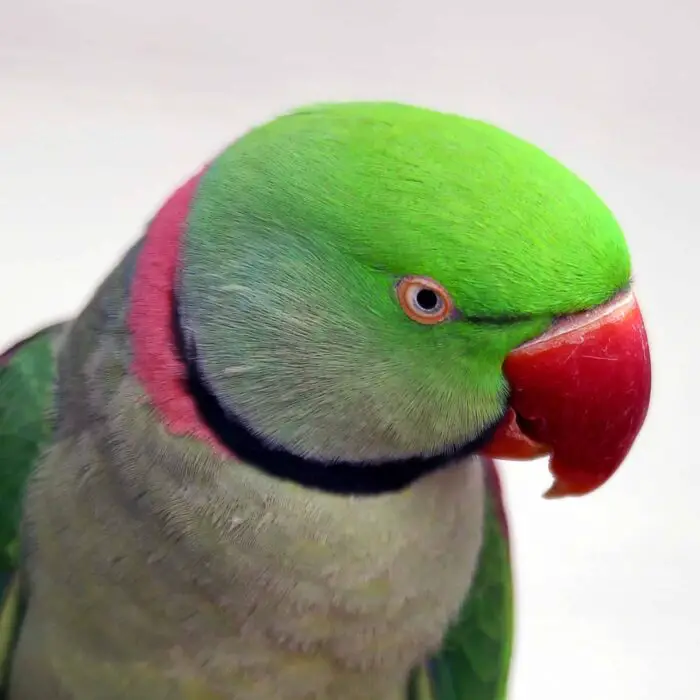
Billed parrots have distinctive orange beaks. There are even species that can have a multicolored beak, like a moustached parakeet.
Do Parrots’ Beaks Change Color with Age?
Yes, that’s true. And that’s is a usual thing for a parrot.
Younger parrots, in fact, may have shiny black beaks that change to grey mat ones as they become older. Naturally, a shiny black beak looks healthier, but when it starts to be grey and dull – that doesn’t mean something is wrong. Just your parrot is aging. Just like humans get grey hair and wrinkles, the same goes for a parrot’s beak.
Why do Cockatiels Have Orange Cheeks?
When Does a Parrot’s Beak Change Color for Aging Reasons?
Watching your parrot grow is an exciting thing. As a new parrot owner, you may be wondering when is the time for the parrot’s beak to change its color? The timing depends on the parrot’s breed.
Usually, the color of the parrot beak settles in the first year of his life. This time frame can range depending on the parrot breed. Some parrots change the beak color at an early age of 4 months; others need more time.

So, overall you may expect the beak to change color at 6 or even 12 months.
How Do I Know When a Beak Is Discolored?
The discoloration should not be confused with a normal change of the beak color. The discoloration is a frequent issue, which may require medical treatment in some cases. Regular beak color change should not disturb you as it’s a part of everyday parrot life. But you should be able to understand the difference between these two processes.
When you notice a sign of color change on a parrot beak, first off, make sure it’s not dust or paint from a favorite parrot’s toy that it pecked today if that is the case – no need to worry about it!
The next step is to examine the beak for injuries. Like our nails, parrot’s beaks are prone to bruising or white signs on them if they are injured. Remember the cases when you slam your nail with something and get a white line on it. The same signs of discoloration appear in parrot’s beaks after an injury. Such injuries bear no harm and can heal without any additional treatment with time.
Infections also cause discoloration in the parrot beak. Along with the change of color, you may see a change in the beak’s texture in case of infection. Spots of dark colors (brownish to black) usually indicate more serious issues, like mites or cancer. If that is accompanied by the loss of appetite and other symptoms – be sure to schedule a vet checkup.
When Do Conures Go Through Puberty?
How Does Diet Affect Changes in Beak Color?
Keratins that form healthy beaks are gained from food. So, diet is another crucial factor that affects the parrot’s beak color change. You can tell if your parrot diet is not healthy enough by looking at its beak color.
The healthy beak looks thick and fully filled with a natural color that is plain with no interruptions. If the beak is dense, there are no flaking pieces or any splitting – rest reassured the parrot’s diet is nutritious and nourishing. Otherwise, you should re-check your parrot’s diet to see what’s missing.
Some breeders report that discoloration often occurs if they feed their parrot with a seed-only meal. Thus, the parrot’s body lacks primary minerals and nutrients. As a result, the parrot’s beak color becomes dull or turns black (in some species).
Also, using a solely seed diet for your bird can lead to excess fat levels in the nutrition, which is also a cause for beak color change.
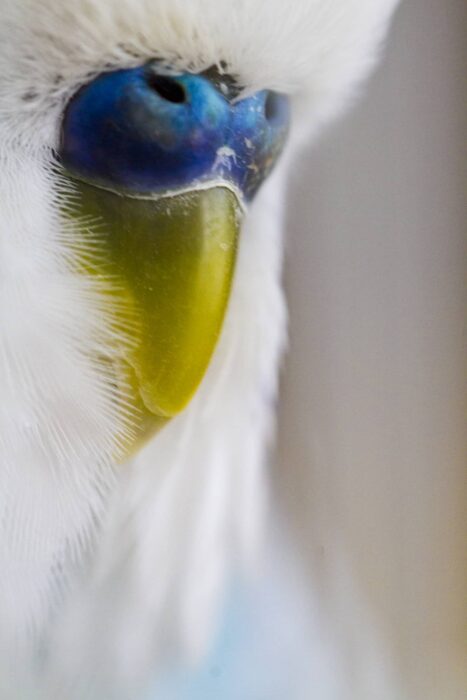
Lack of main vitamins and minerals such as Vitamin A, calcium, iron can make the beak of your parrot soft, flaking, and looking dull.
What Is Beak Sloughing? What Is Its Effect the Color of a Beak?
Sometimes you can notice “bone-colored” lines in your parrot’s beak and be wondering what it is? If that doesn’t appear to be a sudden change, such a process may be a sign of sloughing.
Sloughing is a normal process for a parrot’s beak. Under the discolored layer of the old beak tissue, you may notice a new growing layer. Within a bit of time, the parrot’s old beak will peel off. If other worrying symptoms do not accompany this process – give your parrot some time and let its beak renew.
Do not speed up the sloughing process. Also, keep your parrot away from rubbing his beak on the surface to prevent any injury or beak damage.

